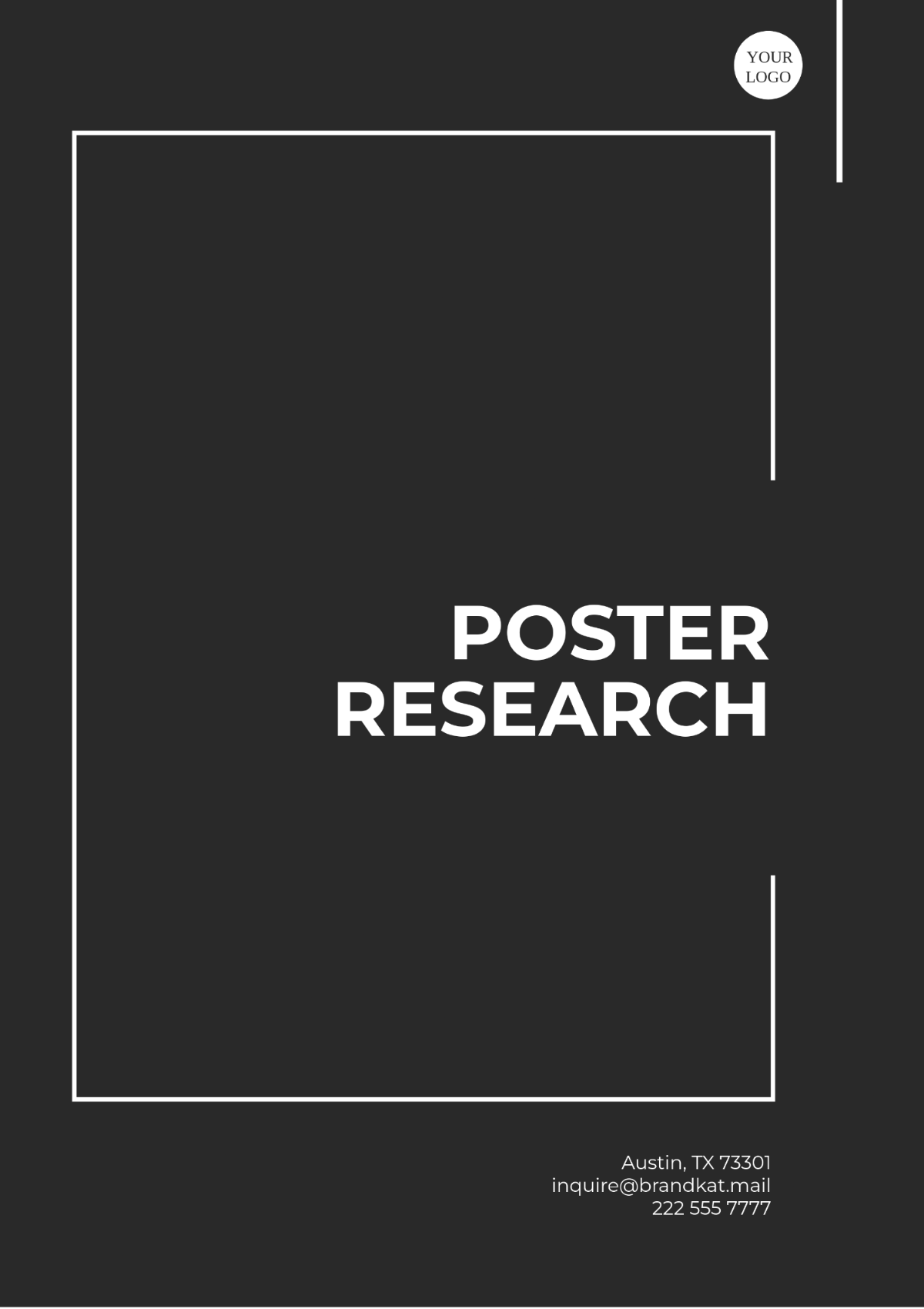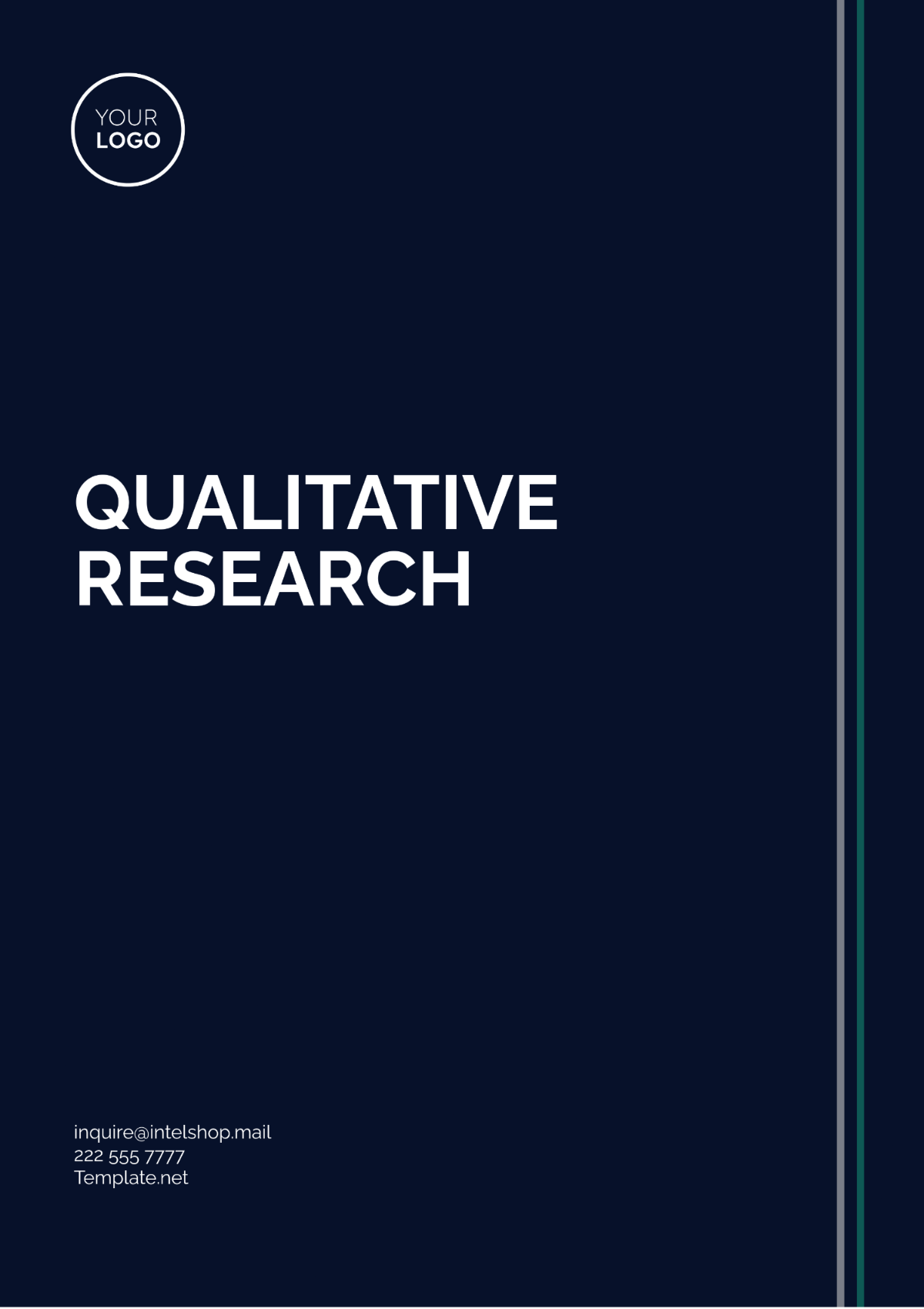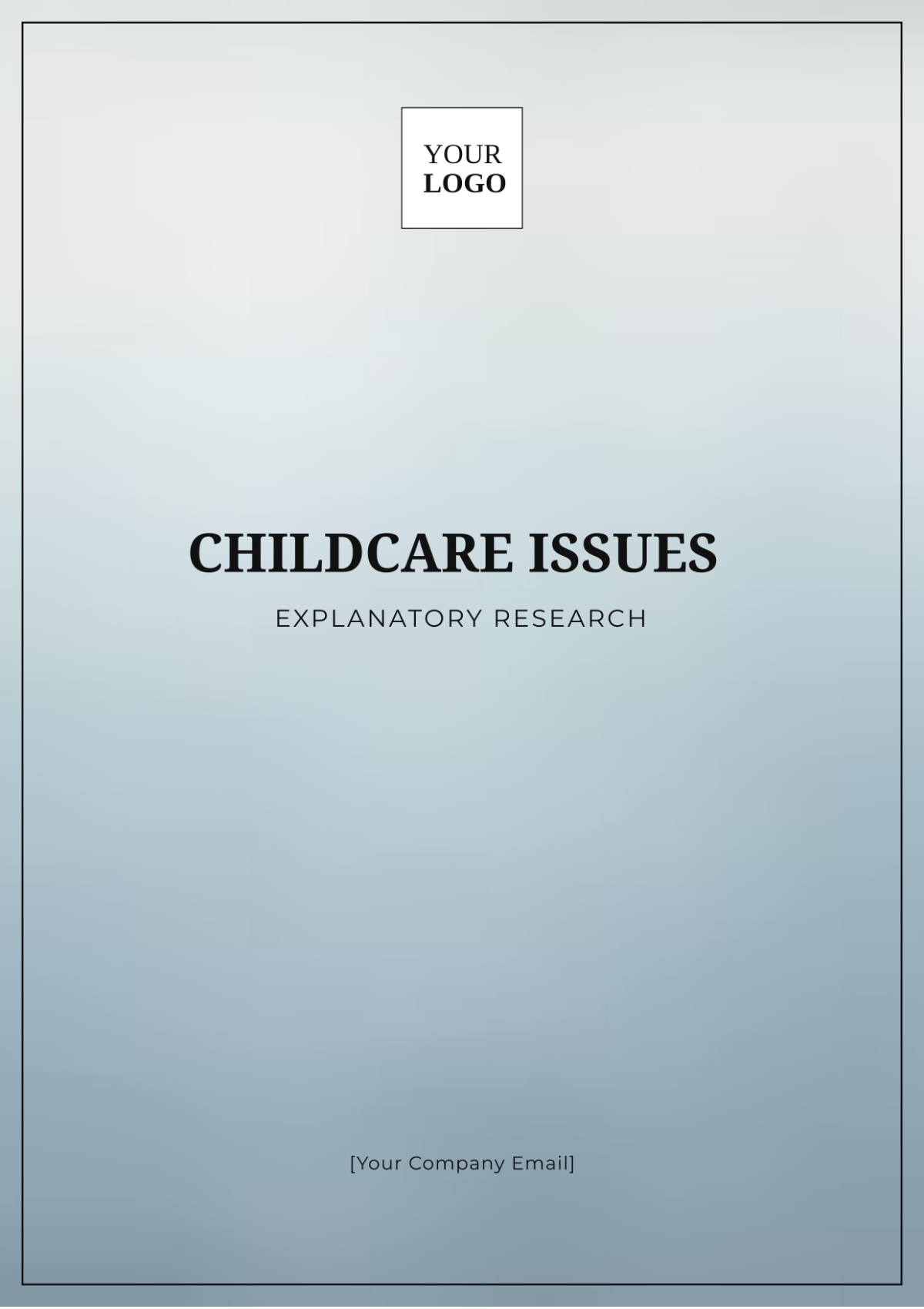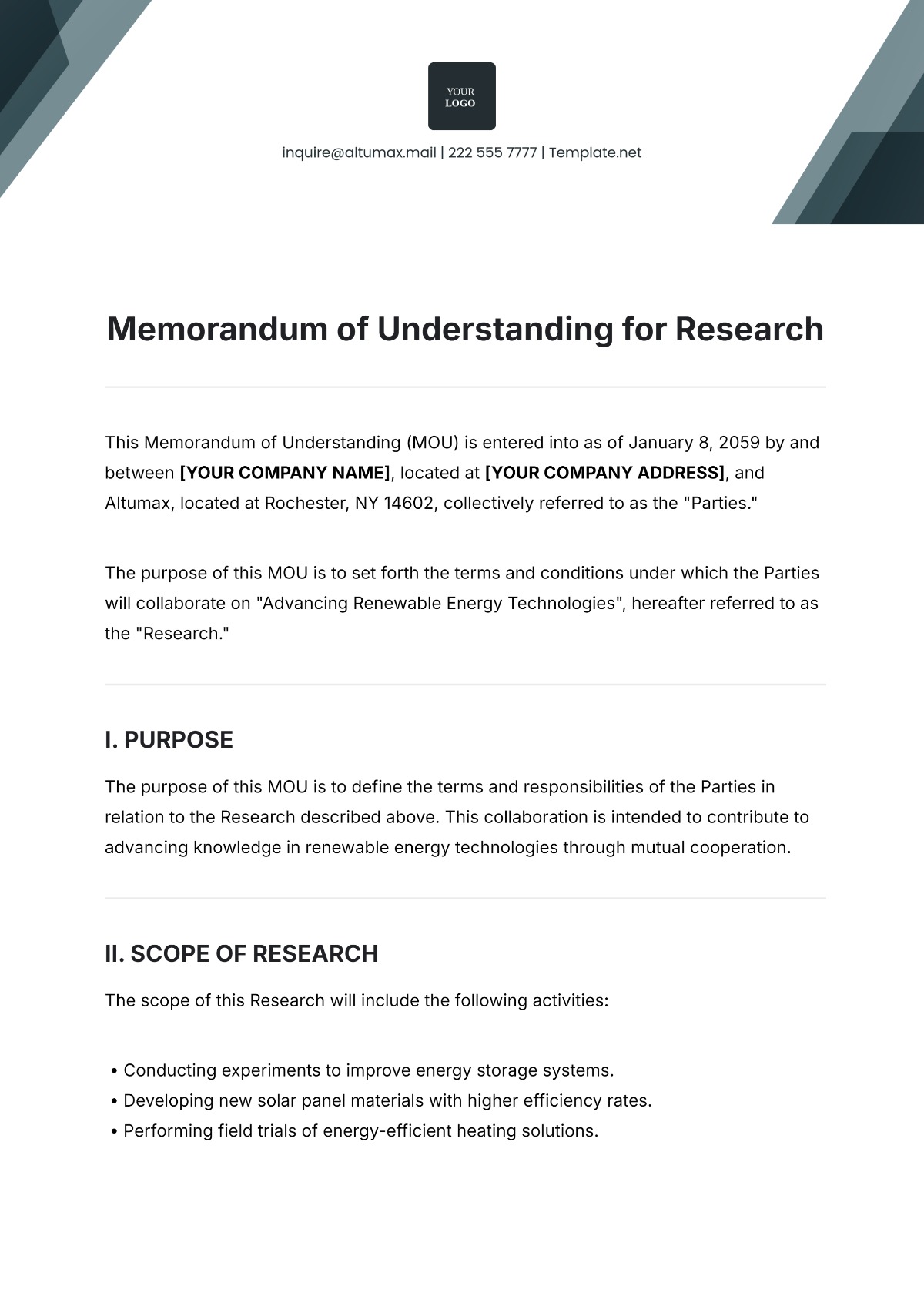Variable Setting Research Design
Prepared By: [Your Name]
I. Introduction
Research design is fundamental to scientific inquiry, shaping how a study is structured and executed. An integral aspect of research design is the management of variables, which is crucial for ensuring the reliability and validity of the findings. By carefully setting and controlling variables, researchers can draw more accurate conclusions and strengthen the overall credibility of their research.
II. Types of Variables
Variables are elements that researchers either manipulate or measure in their studies. They are generally categorized into several types:
Independent Variables: These are the variables that researchers manipulate to observe their effect on dependent variables. They represent the cause or treatment in an experiment.
Dependent Variables: These are the variables that researchers measure to see how they are affected by changes in independent variables. They represent the effect or outcome in an experiment.
Controlled Variables: These are variables that are kept constant to ensure that any observed effect on the dependent variable is due solely to the manipulation of the independent variable.
Extraneous Variables: These are variables that are not the focus of the study but could potentially affect the results if not adequately controlled. They are often sources of noise in the data.
III. Setting Variables in Experimental Research
In experimental research, the goal is to manipulate independent variables and measure their effects on dependent variables under controlled conditions. The effective setting of variables involves:
Random Assignment: Participants are randomly assigned to different groups to ensure that each group is comparable at the outset of the experiment. This minimizes selection bias and ensures that differences between groups are due to the experimental treatment rather than pre-existing differences.
Blinding: Blinding ensures that participants and/or researchers are unaware of group assignments. This reduces the risk of bias in the administration of treatments or measurement of outcomes.
Control Groups: Including control groups that do not receive the experimental treatment provides a baseline against which the effects of the experimental treatment can be compared.
IV. Variable Setting in Non-Experimental Research
Non-experimental research involves observing variables in their natural settings without manipulation. Effective variable settings in this context include:
Correlation Studies: These studies examine the relationships between variables without manipulating them, identifying potential associations or correlations.
Case Studies: In-depth analyses of individual or group cases provide a detailed understanding of variables within their real-world context.
Naturalistic Observation: Researchers observe and record behaviors as they occur naturally, providing insights into variables without interference or manipulation.
V. Challenges in Variable Setting
Several challenges can impact the effective management of variables:
Confounding Variables: These are extraneous variables that may correlate with both independent and dependent variables, potentially skewing results. Identifying and controlling for confounding variables is essential for accurate conclusions.
Measurement Error: Inaccuracies in how variables are measured can affect the reliability and validity of the data. Employing precise measurement tools and techniques helps mitigate these errors.
Selection Bias: Systematic differences between groups due to non-random assignment can affect outcomes. Ensuring randomization and careful group matching can help reduce this bias.
VI. Strategies for Effective Variable Control
Researchers use various strategies to manage and control variables effectively:
Randomization: Randomly assigning subjects to different groups helps control for potential biases and ensures that each group is similar in terms of confounding variables.
Matching: Pairing subjects with similar characteristics across different groups can help control for important variables and reduce the impact of extraneous factors.
Statistical Control: Applying statistical techniques to account for confounding variables during data analysis allows researchers to isolate the effects of the independent variable on the dependent variable.
VII. Conclusion
Proper setting and control of variables are essential for the integrity of research findings. By understanding different types of variables and employing rigorous methods for managing them, researchers can minimize bias and enhance the accuracy and reliability of their results.
VIII. References
American Psychological Association. (2020). Publication manual of the American Psychological Association (7th ed.).
Creswell, J. W., & Creswell, J. D. (2018). Research design: Qualitative, quantitative, and mixed methods approaches (5th ed.). Sage Publications.
Trochim, W. M., & Donnelly, J. P. (2006). The research methods knowledge base (3rd ed.). Atomic Dog Publishing.

















































